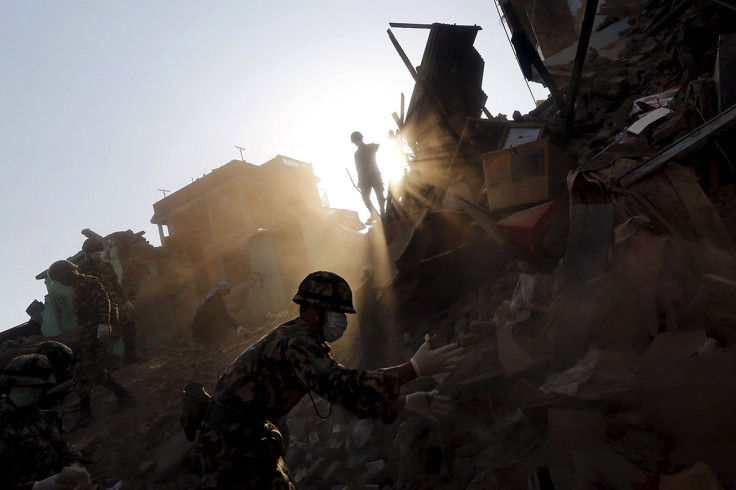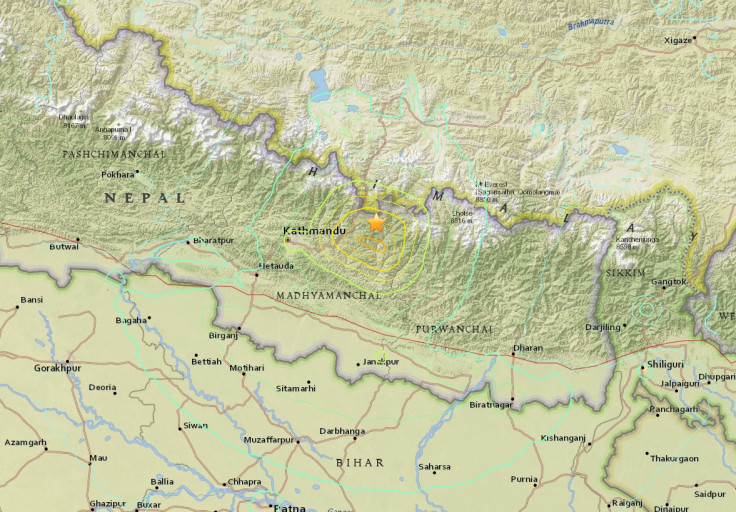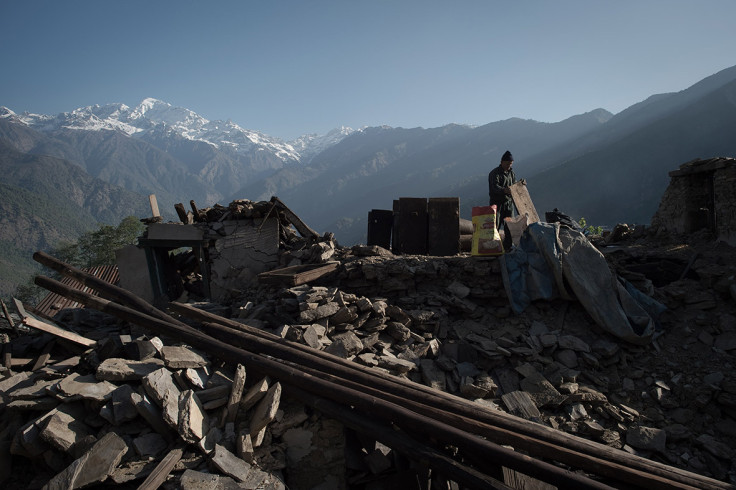Nepal earthquake could have been far deadlier - and another megathrust quake is on its way

The Nepal earthquake that killed more than 9,000 people in April only partially "unzipped" the fault line – the western portion of the Main Himalayan Thrust fault is still locked in places and accumulating stress, meaning it has the potential to produce a megathrust earthquake in the future.
Scientists from the University of Cambridge looked at seismic and satellite data to reconstruct how the magnitude 7.8 earthquake evolved to find out exactly how the land moved that day.
In two complementary studies, one published in the journal Nature Geoscience and the other in Science, researchers were able to garner an insight into megathrust earthquakes, which take place when two tectonic plates converge, with one being forced beneath the other.
They found the earthquake began north-west of Kathmandu and propagated 140km east below the city, unzipping the lower edge of the locked zone in this part of the fault. However, it did not unlock parts of the fault located further west, meaning another large earthquake is likely to take place in at some point the future.
Study author Jean-Philippe Avouac told IBTimes UK it is not a case of if it will happen but when. He said one of the important findings of the study was that the earthquake stopped when it reached an area where stress had previously been released in a large earthquake in 1934. It had not had enough time to rebuild the stress needed to continue to propagate, he said.

The land to the west along the fault line is still locked – and some of the stress from the Nepal earthquake might have transferred to it and will eventually need to be released. Avouac also said it is lucky the earthquake propagated in the direction it did. Had it gone to the west, a far larger earthquake could have ensued.
"Probably we are fortunate in different ways in this earthquake," he said. "It didn't propagate to the west, where there is a major worry because the west had an earthquake larger than 8.5 in 1505 and since then nothing has happened. We know the fault is locked. We have maybe 10m of slip to catch up with.
"There's a worry that there we might at any time have a magnitude 8.5. If the earthquake had found its way to the west rather than to the east maybe we would have ended up with a much larger earthquake than the one we had this year. The death toll would have been much larger, I think.

"A future earthquake will happen. But I would not say the risk of such an earthquake happening now is very high."
Rather, researchers say the findings can be used for authorities to better prepare the public and buildings for events like those seen in April – as well as closely monitoring the area because of the potential for future earthquakes.
"It is important people are aware of the hazard there," Avouac said. "We can with the information we have sort of predict what will be the effect of such earthquakes. We can't tell you when it's going to happen but we can tell you this is a possible scenario. If this scenario happens, we can then predict what will be the effect. This is the information authorities can use to prepare the population and build better buildings that will resist as much as possible such earthquakes."
Embargo 7pm
© Copyright IBTimes 2025. All rights reserved.






















